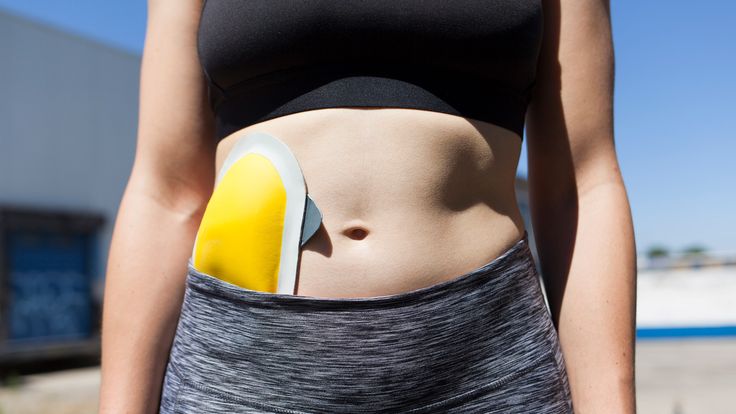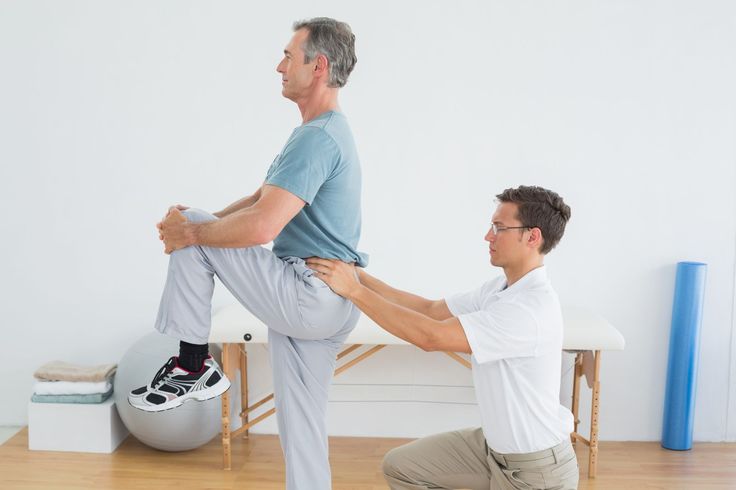For patients who have undergone ileostomy reversal, the change in bowel habits after surgery is like opening a blind box. Some people go to the toilet frequently, while others suffer from constipation. This difference is due to the change in intestinal anatomical structure and the reconstruction of neuromuscular coordination. Scientific and systematic pelvic floor muscle training before and after surgery is the key to meeting this challenge.

Why is it necessary to do anal lifting exercises after surgery?
After ileostomy repositioning, the intestines are restored to continuity, but problems such as weakened anal sphincter function and changes in intestinal peristalsis patterns still require long-term adaptation. At this time, the pelvic floor muscles (especially the anal levator muscles and anal sphincter) are like reconstructed intestinal traffic commanders. By strengthening their strength and coordination through anal levator exercises, it can significantly improve postoperative problems such as uncontrolled defecation and frequent bowel movements.
Clinical data show that patients who continue to regularly perform pelvic floor muscle training have a 67% increase in defecation satisfaction and a 42% decrease in anal swelling three months after surgery. This is due to the reconstruction of muscle memory. When the pelvic floor muscles form a conditioned reflex contraction, the anus can be more accurately controlled.
How soon after surgery can I start training?
The healing of surgical wounds needs to go through three stages: inflammation, proliferation, and remodeling. The 4-6 weeks after surgery coincide with the critical period of tissue remodeling. Interventional rehabilitation training at this time can not only avoid wound dehiscence caused by premature exercise but also seize the window period of muscle fiber regeneration. However, it should be noted that if edema of the anastomotic site or turbid drainage fluid occurs, it needs to be postponed.
How do you train scientifically?
Body position: The supine position (with a pillow under the knees) is recommended to reduce the impact of abdominal pressure on the anastomosis.
Step 1: Rest for 10 seconds, quickly contract the anus, and relax immediately; rest for 10 seconds, quickly contract the anus, and relax immediately. Repeat this action a total of 5 times.
Step 2: Rest for 10 seconds, contract the anus and hold for 10 seconds, relax and rest for 10 seconds, contract the anus again and hold for 10 seconds and then relax and rest for 10 seconds. Repeat this action a total of 5 times.
Step 3: Rest for 10 seconds, contract your anus and hold for 60 seconds. Do this only once.
The above three steps form a set of movements, which can be performed 5 to 10 times a day. Do it step by step, based on your body's tolerance.

Kind tips:
Training for more than 5 minutes at a time will cause muscle fatigue and reduce control.
If your hips are lifted and your thighs are tight during training, this indicates compensatory movements.
Of postoperative recovery time varies from person to person, and it takes a long time to recover, so please don't worry. For more information on Innomed®Ostomy Bag Aluminum Nonwoven, refer to the Previous Articles. If you have customized needs, you are welcome to contact us; You Wholeheartedly. At longterm medical, we transform this data by Innovating and Developing Products that Make Life easier for those who need loving care.
Editor: kiki Jia

 English
English عربى
عربى Español
Español русский
русский 中文简体
中文简体








